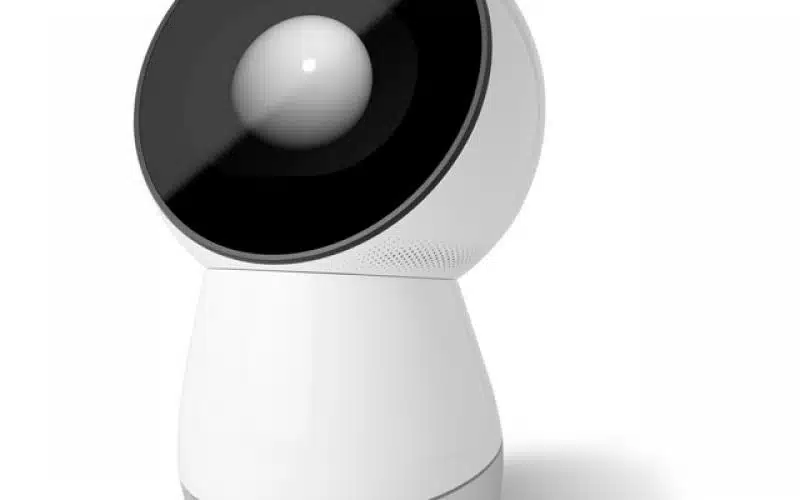The World’s First Social Robot
Do you need someone to order you a takeout, remind you that you have an appointment in 10 minutes, or take photographs for you? Then you could use Jibo, the world’s first social robot. According to CBS News, the 11-inch-tall bot, created by Cynthia Breazeal, an associate professor at the Massachusetts Institute of Technology has the ability to learn about the people around it, recognize different voices and faces, and interact. You can preorder the Jibo prototype, which is available for $499.
Contact Lens Mini Computers
What do you get if you add contact lens manufacturer Alcon, health care mogul Novartis and Google? The answer is a contact lens with a built in mini computer. A report at adnet.com describes the smart lens, which is designed to help people who suffer from diabetes by detecting glucose levels in their tears. It does so by means of a minute, wireless chip embedded between two layers of soft contact lens. It can also help sufferers of presbyopia — a condition that prevents people form reading without the use of glasses, by correcting the eye’s natural auto-focus on nearby objects.
Shape Shifting Soft Robotics
Imagine a shape shifting robot that could slip through a crack under a door or between the ribs of a patient on the operating table. According to Live Science, DARPA’s Chembot program is creating just such a robot, and what’s more, is made from materials you can find at your local craft store. The robot is capable of changing the shape of its body in a similar way that an octopus does. It is made from a combination of wax and foam that can alternate between soft and squishy and hard states. The transformation is made my applying an electrical current to soften the material, then turning off the current to allow it to return to a rigid state, allowing it to manipulate objects.
Image credit: Jibo















